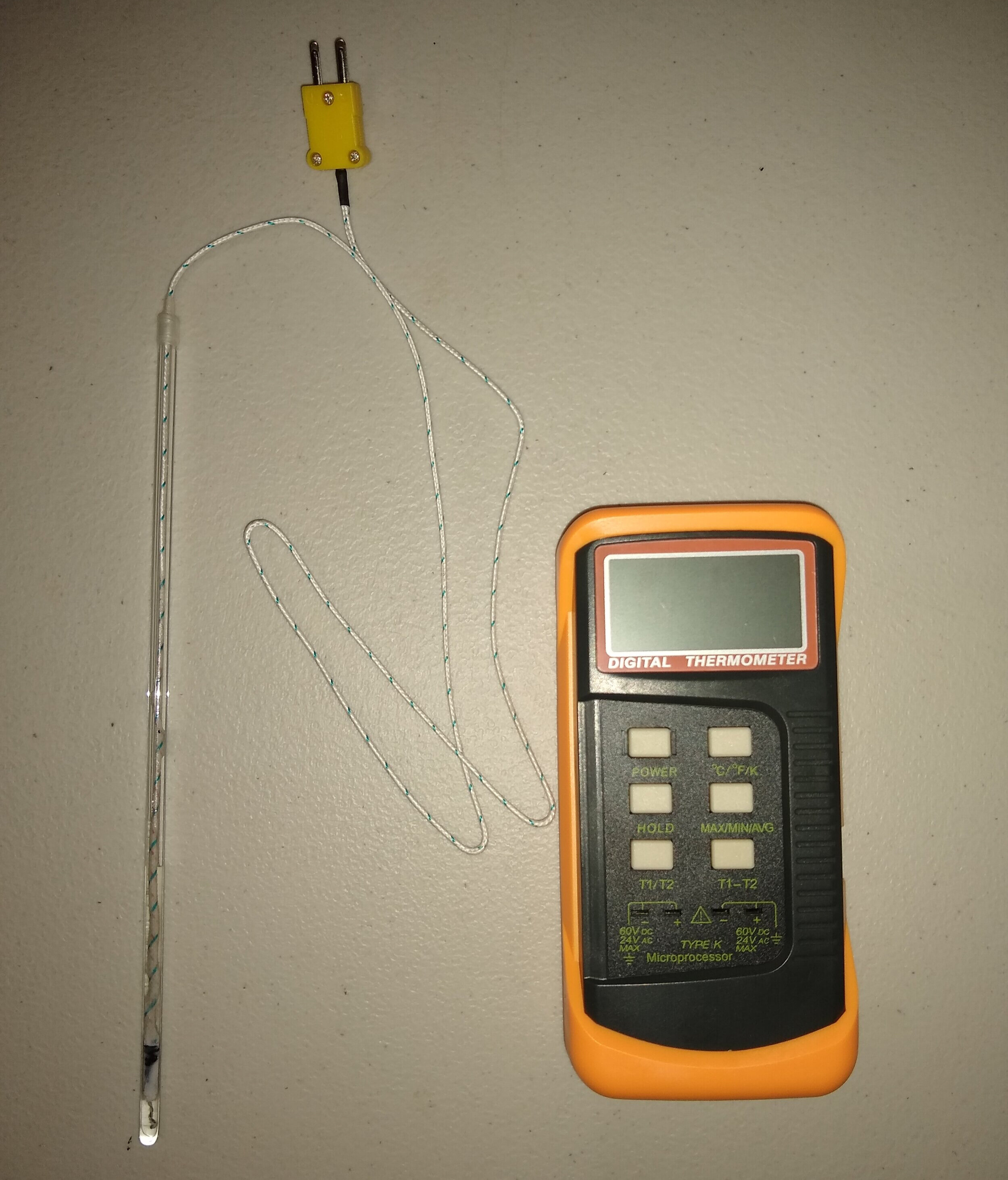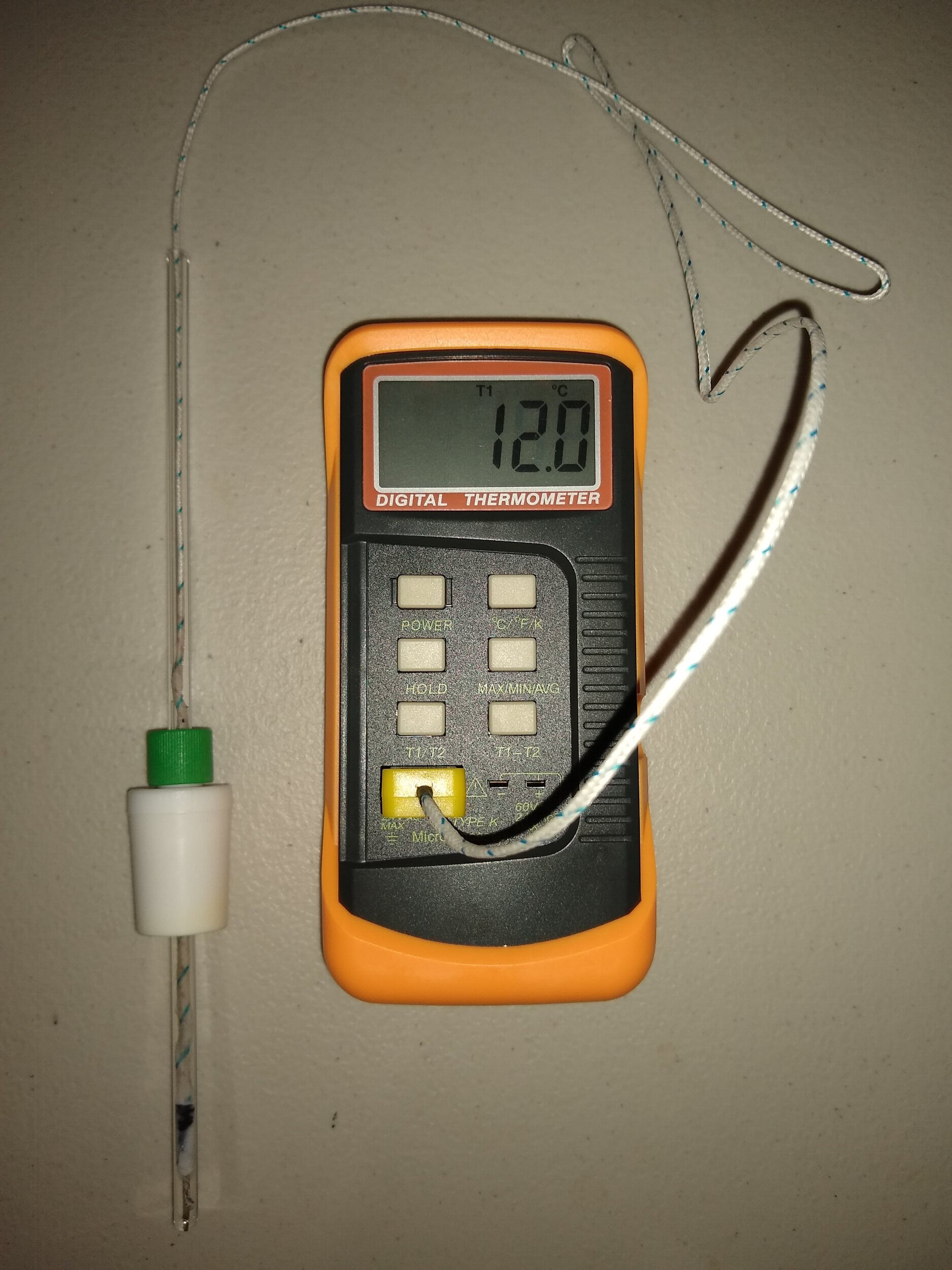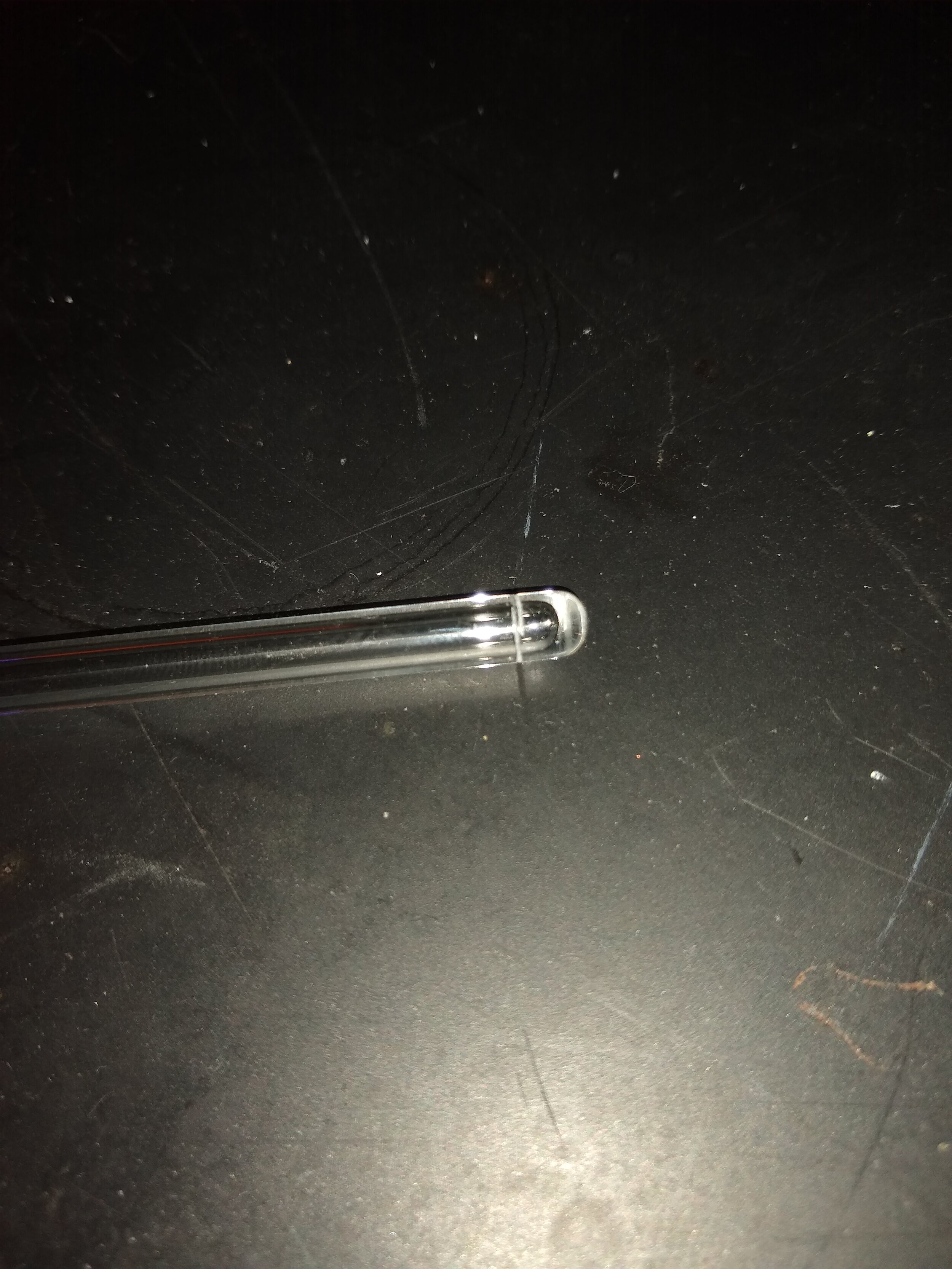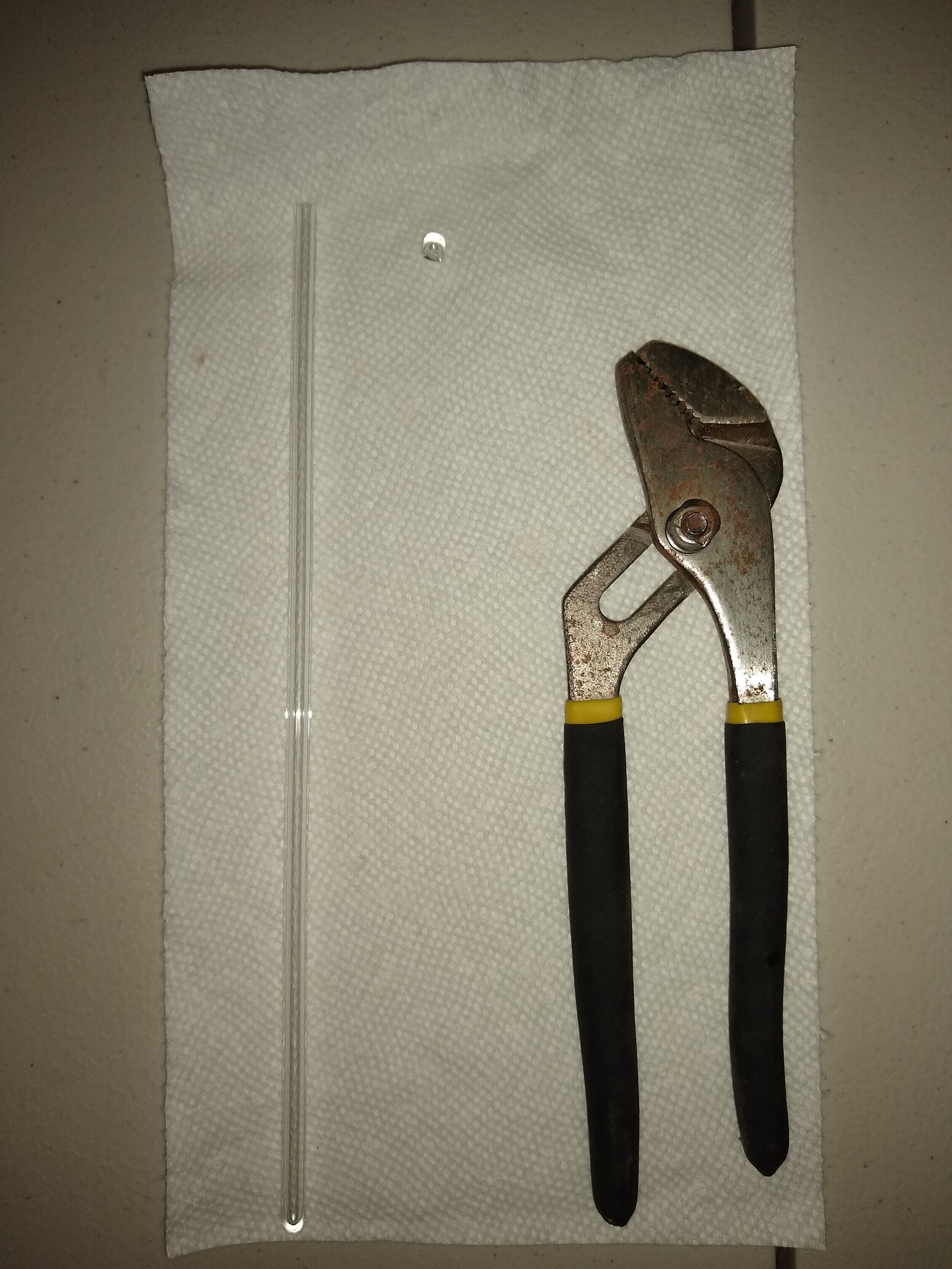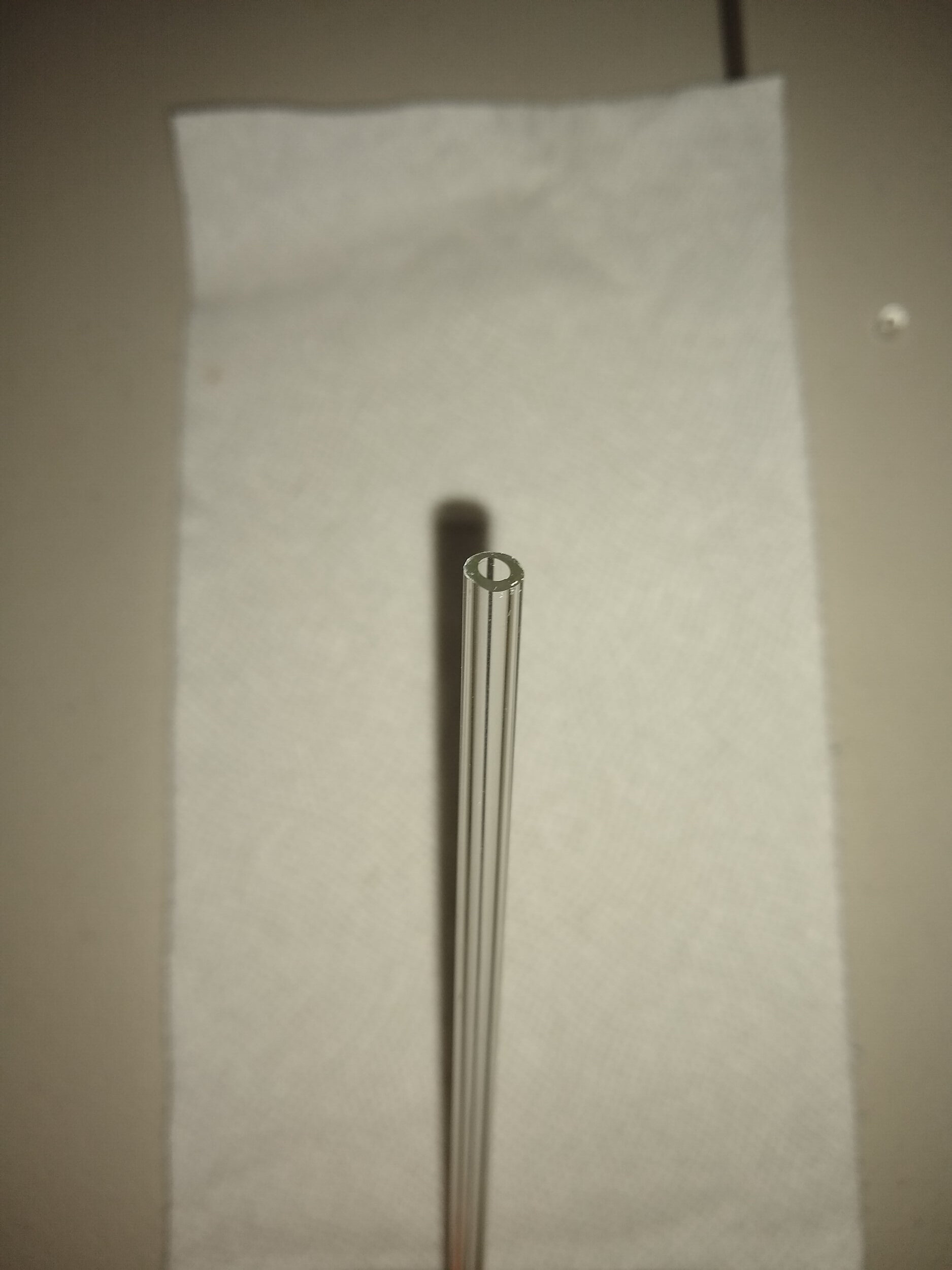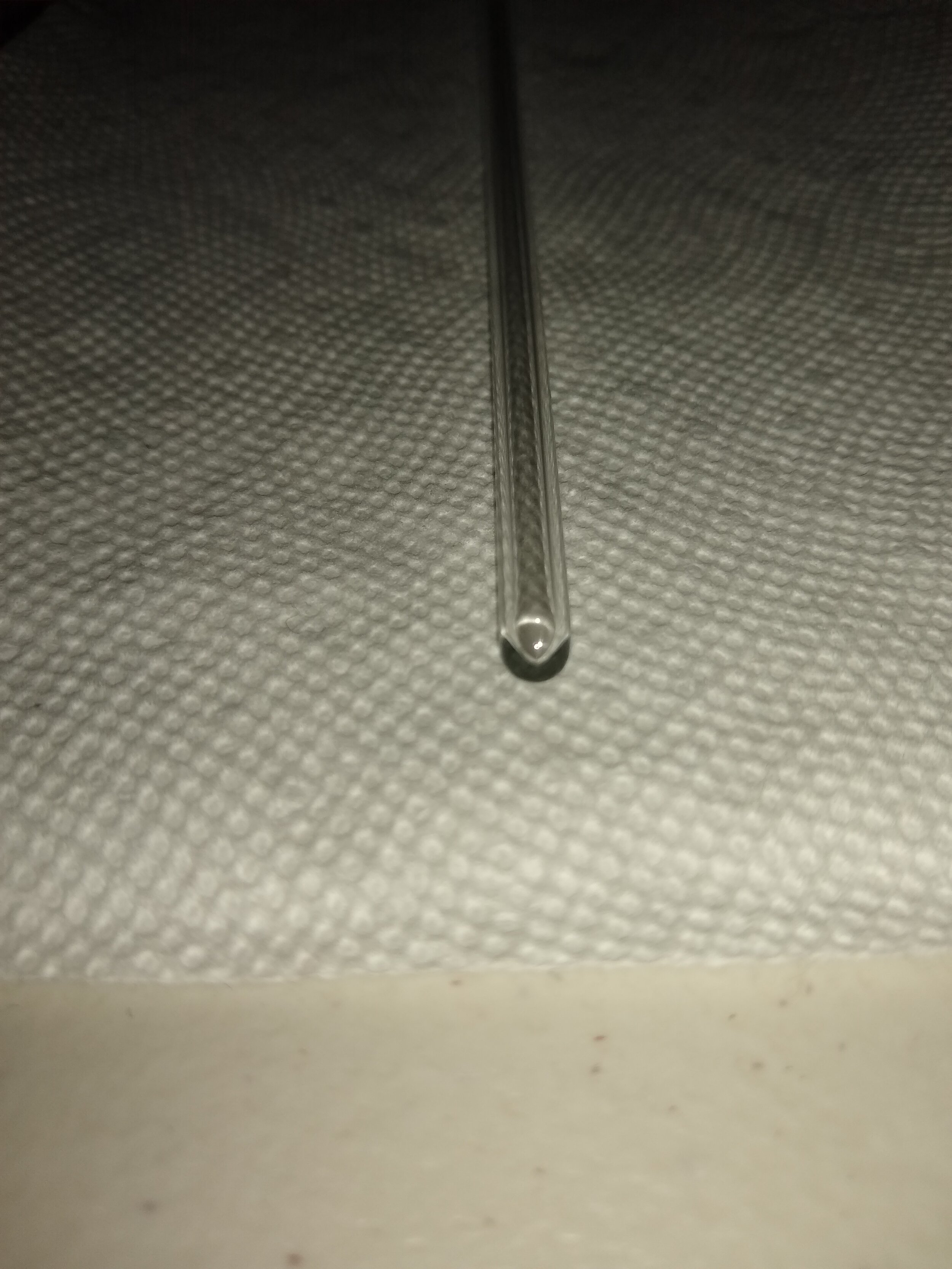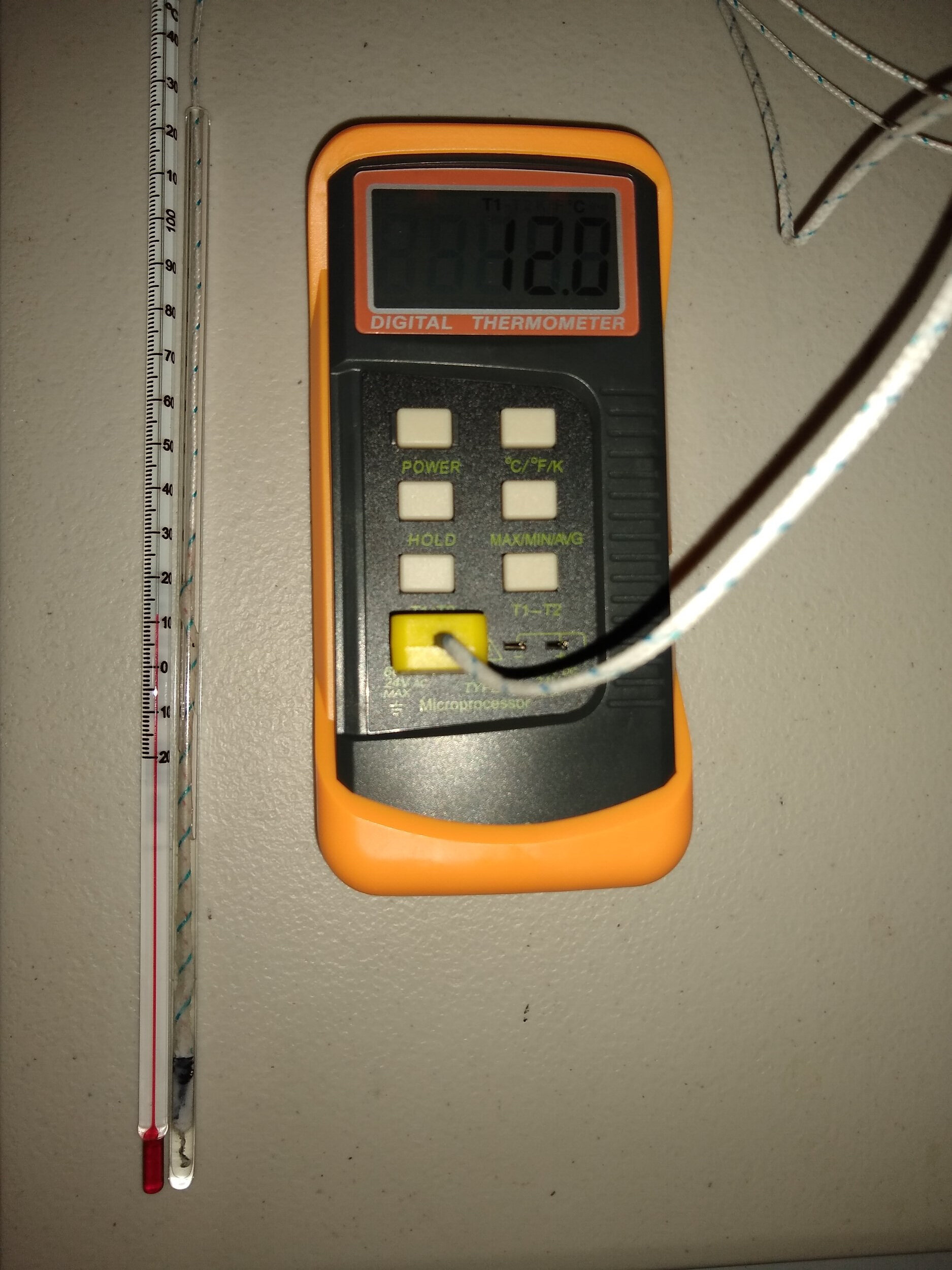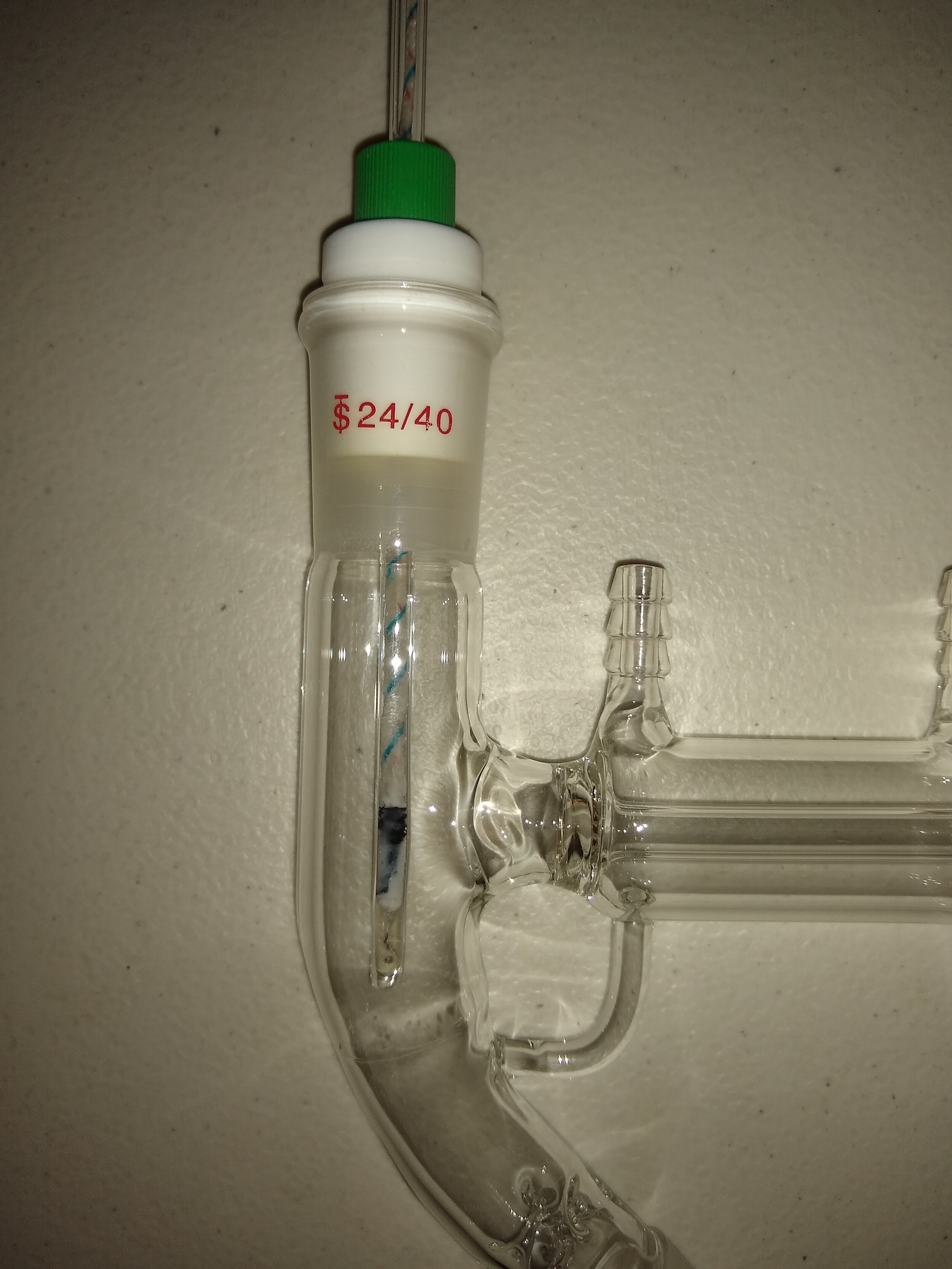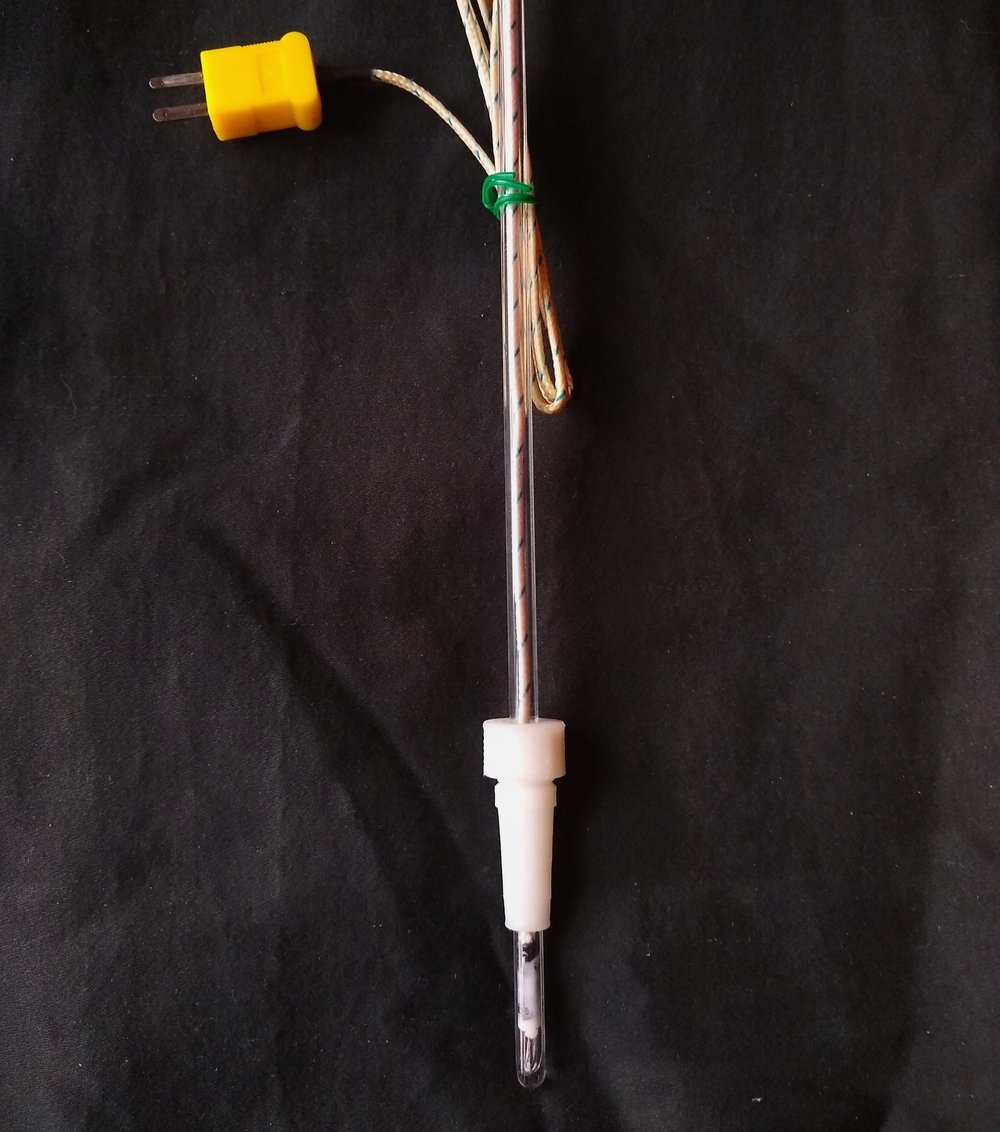How to Build a Simple Digital Thermometer Probe
Overview and scope:
Most of the common and affordable red alcohol thermometers available on the market only have a temperature measurement range between -20 to 150°C, which works for most applications. To obtain a wider temperature measurement range, a more expensive analog thermometer or highly expensive digital thermometer probe will be required. The aim of this tutorial is to outline how to build a simple and affordable digital thermometer probe, from commonly available components. This probe can measure temperature ranges from -50 to 400°C, therefore it is suitable for a wide range of uses.
Parts list:
Digital 2 Channels K-Type Thermometer w/ 4 Thermocouples (Wired & Stainless Steel), -50~1300°C (-58~2372°F) Handheld Desktop High Temperature Kelvin Scale Dual Measurement Meter Sensor - https://www.amazon.com/Thermometer-Thermocouples-50-1300%C2%B0C-Temperature-Measurement/dp/B07P8NWH67/ref=asc_df_B07P8NWH67/?tag=hyprod-20&linkCode=df0&hvadid=366402178298&hvpos=&hvnetw=g&hvrand=17460738172856482317&hvpone=&hvptwo=&hvqmt=&hvdev=c&hvdvcmdl=&hvlocint=&hvlocphy=9017437&hvtargid=pla-798154789178&psc=1&tag=&ref=&adgrpid=79101501067&hvpone=&hvptwo=&hvadid=366402178298&hvpos=&hvnetw=g&hvrand=17460738172856482317&hvqmt=&hvdev=c&hvdvcmdl=&hvlocint=&hvlocphy=9017437&hvtargid=pla-798154789178
1 x Small strip of Parafilm
1 x Hollow glass stir rod - Amazon or Ebay
Silicone oil - Lube-V 100% Synthetic ISO 32 Vacuum Pump Oil Lubricant, Compare-to ULVAC R2 - https://www.ebay.com/itm/Lube-V-100-Synthetic-ISO-32-Vacuum-Pump-Oil-Lubricant-Compare-to-ULVAC-R2-/123208032807
1 x 2 mL plastic pipette or dropper
1 x Small metal file
Assembly:
Begin by scoring the very tip of the glass rod with the metal file in a complete circle. Using a paper towel or cloth to cover the glass rod, gently grab the scored area at the end of the rod with a pair of pliers and apply pressure to break the tip off. If done correctly, the tip should break off very easily. This will become the inert glass casing for the bead-type K-type thermocouple. Fill the hollow glass shaft with a small amount of non-corrosive silicone oil or any type of non-corrosive thermal conductivity paste. Ensure that there is enough of the oil/paste in the bottom to cover the thermocouple bead when it is placed into the hollow glass tube. Once this is complete, carefully begin to feed the bead-type thermocouple into the hollow glass tube until the bead is fully inserted, but not touching the walls or the end of the tube. Wrap the top of the glass tube, where the thermocouple wire is exposed, with a small strip of Parafilm. The assembly should be complete. See the pictures below for clarification.
Test functionality and accuracy:
Test the functionality and accuracy of the digital thermometer and thermocouple using a red alcohol thermometer as a reference to ensure it is properly functioning. As seen below, the digital thermometer displays a temperature of 11.9-12.0°C and the red alcohol thermometer reads approximately 12.0°C; not bad for less than $50 total cost.
Uses:
The digital thermometer probe can be inserted into a ground glass or PTFE thermometer adapter, just like analog thermometers, and can used for multiple purposes. Below is an example of the use of the digital thermometer to measure the vapor temperature in a short-path distillation apparatus. The digital thermometer maintains accuracy and precision for a long period of time.

